Your cart is currently empty!
Equipment
Antenna
Wide3 is a pioneering initiative in radio astronomy, built around a scalable network of medium-sized radio telescopes. Its goals include mapping the sky, monitoring radio sources such as pulsars and active galaxies, observing phenomena like climate and weather events, and detecting electromagnetic disturbances. The modular nature of the network allows for the addition of new instruments and observation stations, creating a collaborative system that optimizes sky coverage and enhances the resolution of collected data. This flexibility makes the network suitable not only for astronomical research, but also for meteorology and electromagnetic environment monitoring.
At the heart of the network, the Radiotelescope in Monzambano features a 12-foot, 8-panel prime focus antenna mounted on an alt-azimuth system. Its aluminum mesh, with 1.5 mm holes, sets the maximum operational frequency at 24 GHz, while the working band spans 1–24 GHz. This wide frequency range enables the observation of diverse phenomena, supporting detailed studies of the structure of our galaxy and the universe.
C-Band (4.2GHz)
| Gain | 42.8dBi (Typ) |
| Mainlobe | 1.3° |
Ku-band (12.2GHz)
| Gain | 51.1dBi (Typ) |
| Mainlobe | 0.36° |
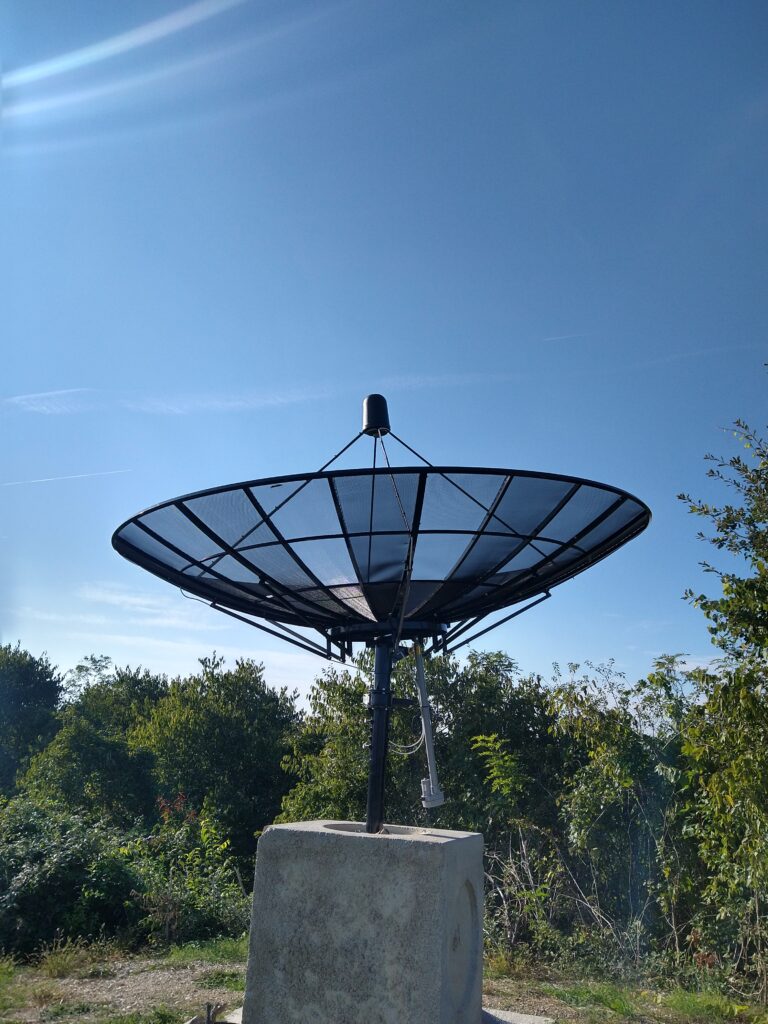
| Hole size | 0.15cm |
| Panels | 8 |
| Rib size | 2.54cm |
| Aperture | 370.1cm |
| Focal length | 133.4cm |
| F/D ratio | 0.36 |
| Mounting type | Altazimuth |
| Pole diameter | 11.4cm |
| Weight | 79.4kg |
| Min frequency | 1GHz |
| Max frequency | 24GHz |
LPKF ProtoMat S64
With the LPKF ProtoMat S64 we can rapidly prototype high-precision printed circuit boards directly in our lab, enabling fast iterations on antennas, low-noise amplifiers, and signal processing electronics that are crucial for the sensitivity and accuracy of our radiotelescope network.
This technology also brings circuit design to life: in just a few hours, ideas become real electronic boards that drive our antennas and instruments. It helps us show students, collaborators, and partners how electromagnetic theory is transformed into tangible technology for exploring the universe.
The LPKF ProtoMat S64 allows us to quickly fabricate microwave antennas and RF circuits on FR4, Rogers, or other RF laminates. By milling copper and drilling feed points, vias, and connector holes, we can produce microstrip, stripline, or patch antennas with features down to ~100 µm, as well as filters, power dividers, couplers, baluns, and amplifiers.
Designs simulated in CST, HFSS, or ADS can be exported as Gerber files and directly realized, enabling fast design → fabrication → measurement → refinement cycles. These prototypes can be seamlessly integrated into feed systems, LNA boards, and RF front-ends, supporting both our scientific radiotelescope network and commercial microwave applications.
So, in short: use the milling head to define the antenna copper patterns and the drilling head to make the holes and vias, together, this gives us complete control over both microwave antennas and their RF circuits without outsourcing.
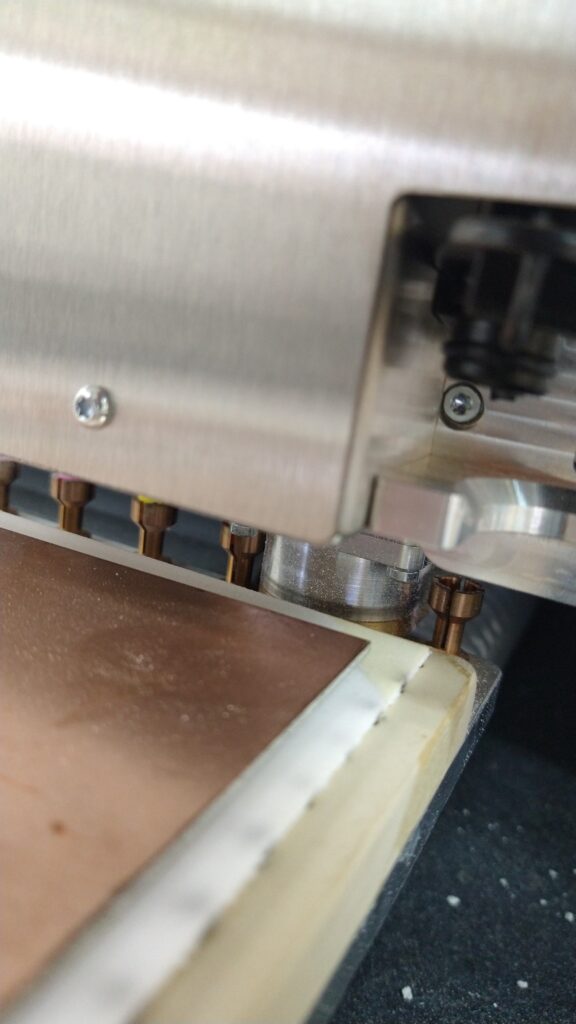
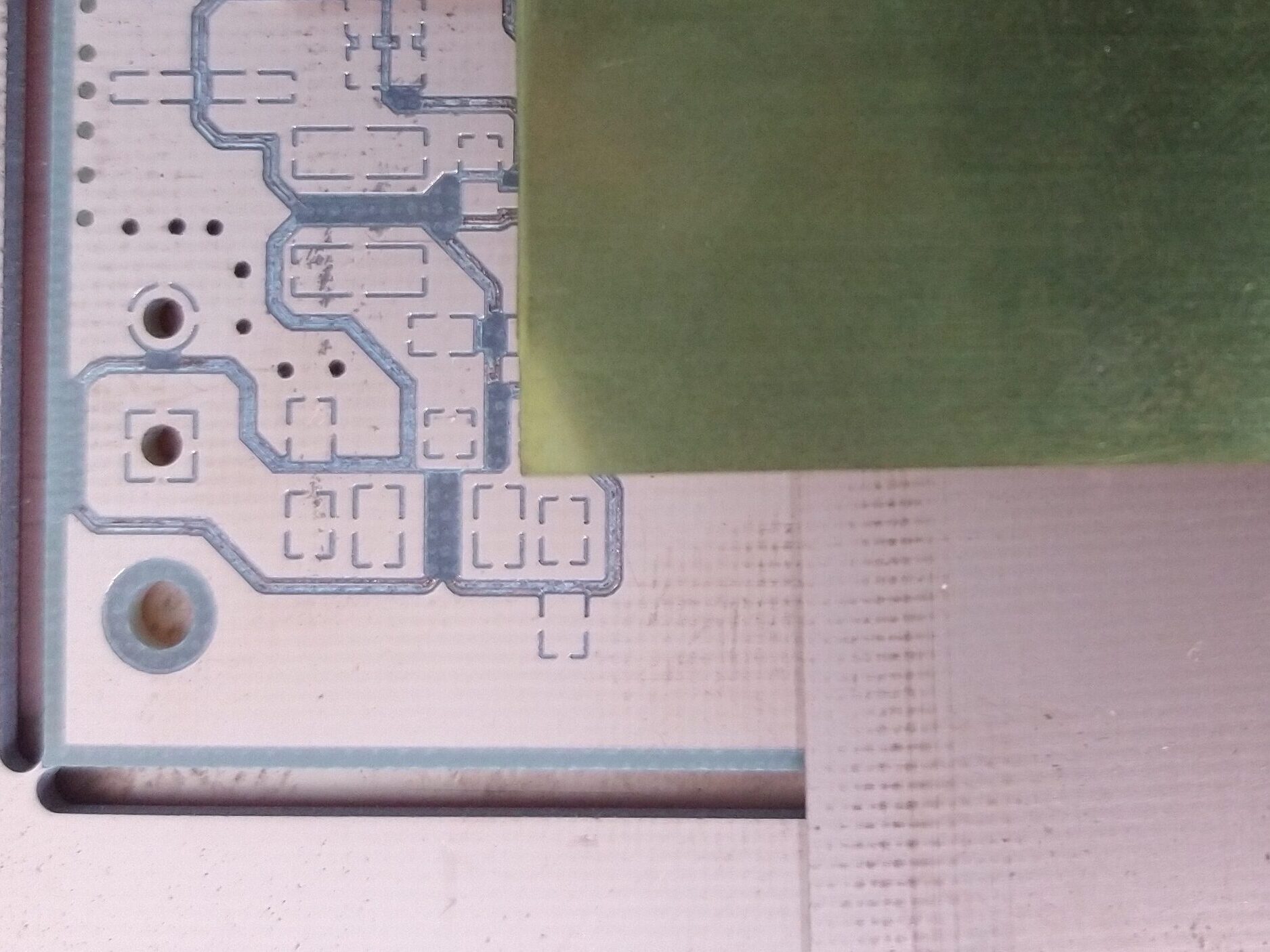
Rohde & Schwarz FPC1500
Once a prototype is built, we validate its performance with the R&S FPC1500, a versatile instrument that combines:
- Vector Network Analyzer (VNA) – to measure antenna resonance, return loss, and impedance matching (S11) and to characterize RF circuits (S21).
- Spectrum Analyzer – to observe frequency responses, emissions, and real signals captured by our antennas.
- Signal Generator – to feed test signals into circuits and verify system behavior.
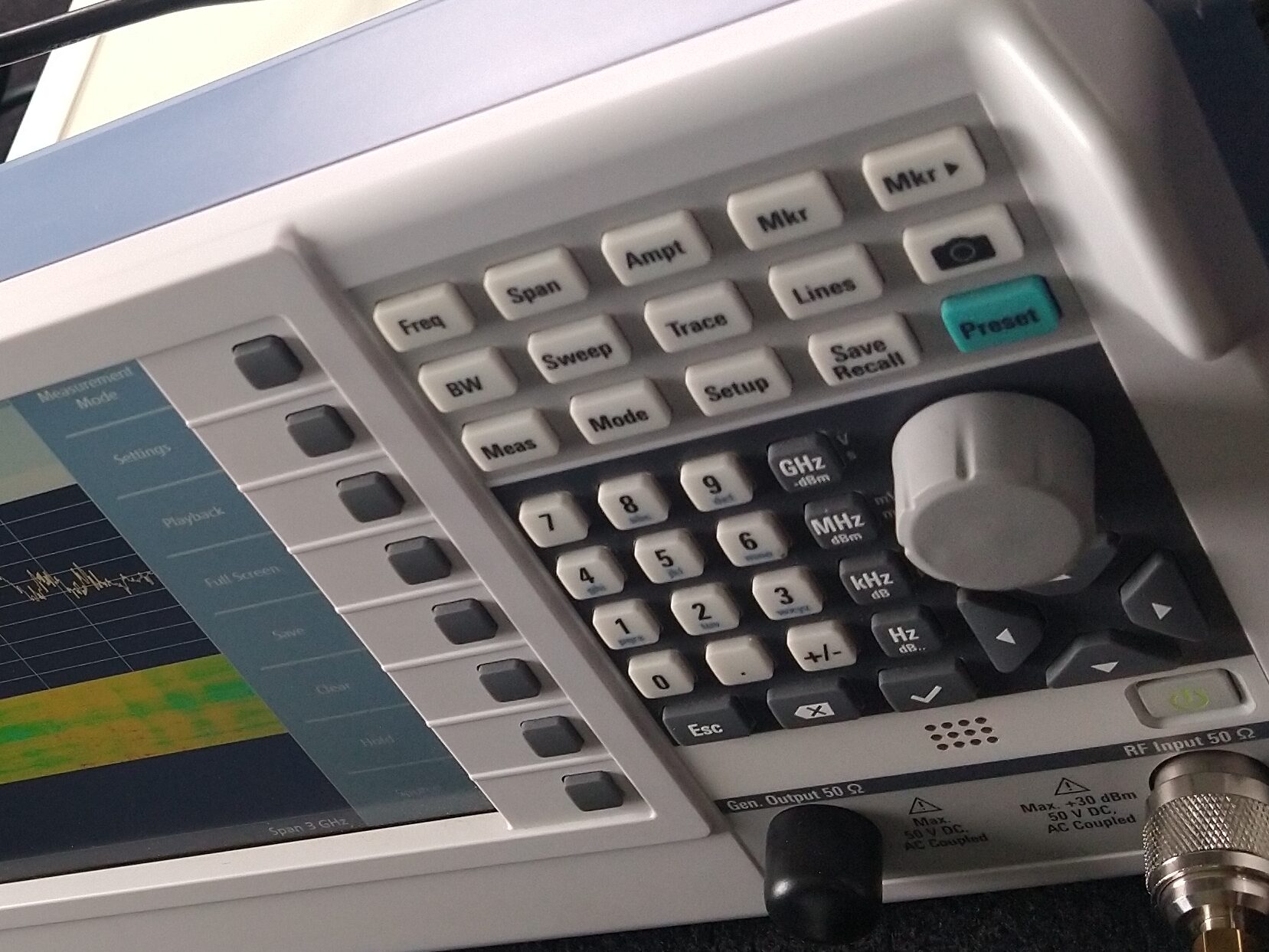
Rigol DS1074
Complementing frequency-domain measurements, the Rigol DS1074 oscilloscope provides a real-time view of signals:
- Verifying baseband and IF outputs from radiotelescope receivers.
- Debugging supporting electronics, such as power supplies, clocks, and digital control lines.
- Measuring transient and modulation behaviors in circuits under test.
- Together with the FPC1500, it ensures both the frequency response and time-domain signals of our systems are fully understood.
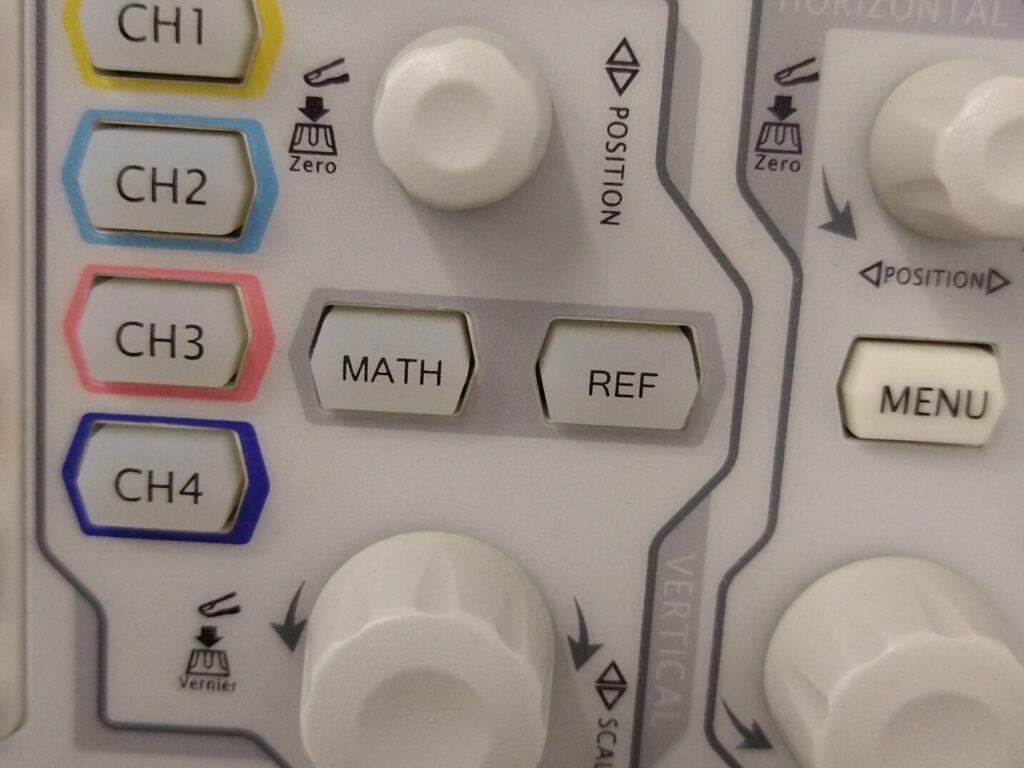
RF
Wide range of RF and electronic components that allow us to fine-tune, adapt, and experiment across frequencies. More than 350,000 passive and active components:
- Attenuators & Attenuation Systems to precisely control signal strength and protect sensitive instruments.
- DC Blocks to isolate circuits and prevent unwanted current from flowing into delicate RF paths.
- Cables & Adapters endless configurations of high-quality coaxial cables, connectors, and adapters ensure seamless connections in any measurement setup.
- Impedance Matching Tools to guarantee maximum power transfer and minimal signal reflections across the system.
- Inductors, Capacitors & Passive Components for creating custom filters, biasing networks and tuning circuits.
They allow us to configure test benches for any scenario and adapt prototypes to real-world conditions. These supporting tools give us a complete laboratory ecosystem: from design and fabrication, through measurement and validation to fine-tuned experimentation.
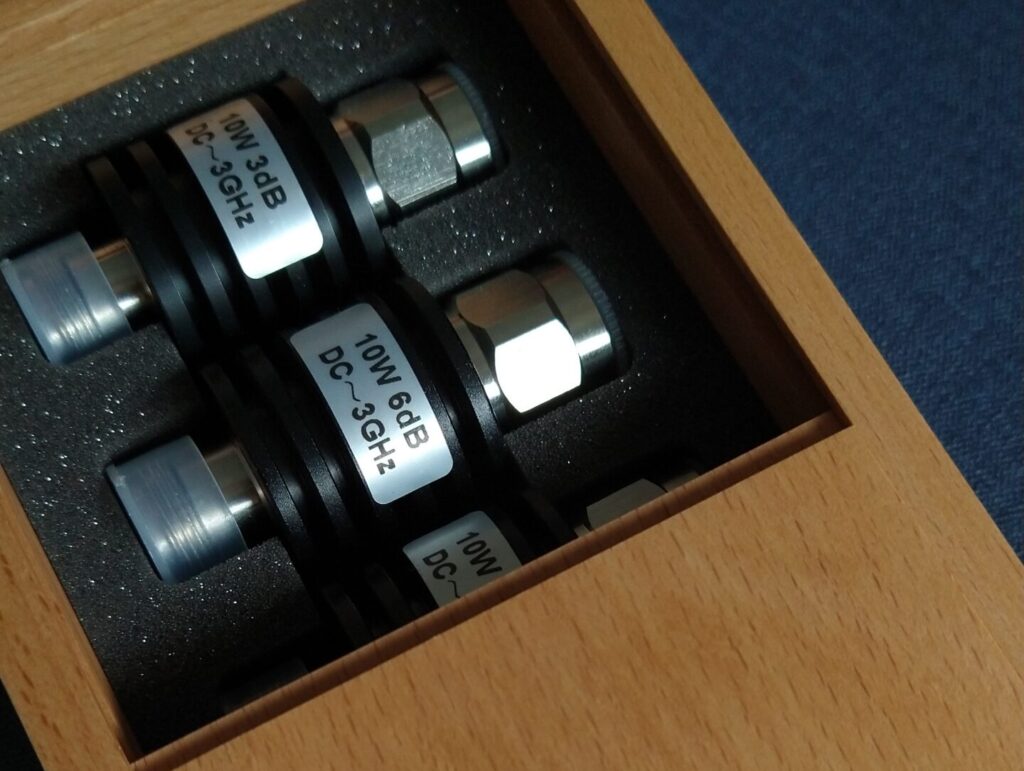
Software
We make use of advanced software and tools enable scanning and acquisition of spectrograms, while also offering capabilities for visualization and analysis of data efficiently. These capabilities are fundamental for interpreting the radio signals collected by radio telescopes and for processing information from astrophysical and atmospheric phenomena.
The data collected by each antenna is processed in real time via dedicated software that performs all the necessary calculations. This software is publicly available on GitHub (collaborative development platform), thus allowing the scientific community and enthusiasts to access and contribute to the development of the project. The availability of the software in open-source on GitHub facilitates the expansion of the system and the integration of new technologies or improvements, increasing participation and accessibility for radio astronomy research.

